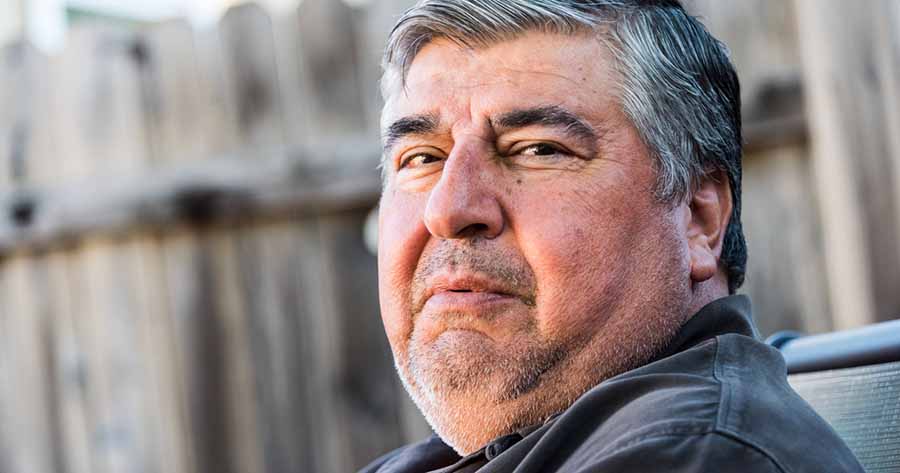By Pam Brown, Editor-in-Chief, Diabetes & Primary Care
England
In England, there are no changes to the indicators or thresholds compared to 2016/17, and a 3.6% uplift in the value per point achieved, similar to other nations. As in Scotland, practices must continue to undertake care as clinically appropriate for so-called “indicators no longer in QOF” (INLIQ). For diabetes, these are the previously retired indicators for albumin:creatinine ratio, retinopathy screening and erectile dysfunction. It is a contractual requirement for practices in England to facilitate data collection for the INLIQ.
Wales
In Wales, there is perhaps the greatest shake up, following on from the option to claim “relaxation” of a significant proportion of clinical indicators at the end of the 2016/17 year (as occurred in Northern Ireland). For 2017/18, 40 points have been retired (no diabetes indicators), 40% have been made inactive (including all diabetes indicators [50 points] apart from the register [2 points, as previously]), and roughly 50% of indicators remain active. Payment for inactive indicators will be made at the adjusted year-end payment figures for 2016/17, uplifted by prevalence factor and Contractor Population Index figure as of 1 January 2018. This was negotiated to free up clinician time to manage individual patients rather than simply ticking boxes and remove some unnecessary workload pressures. The inactive indicators will continue to be captured and reviewed by clusters, with a specific focus on diabetes and chronic obstructive pulmonary disease (COPD). In addition, Welsh GP practices will engage with the National Diabetes Audit, which most participated in previously.
Points from the retired indicators have been added to the cluster working domain (now worth 200 points – around £30000 per practice), which incentivises practices to work in groups to develop population healthcare. Within this are included 50 points for “Quality Assurance – Clinical Information Governance and peer review of inactive QOF indicators”, which requires contractors to peer review the inactive indicators within practice and at designated cluster meetings twice during the year. The outcome of this work will be included in the cluster annual report and used to inform future QOF developments within Wales as the entire contract is up for review.
Northern Ireland
At the end of 2016/17, Northern Ireland, like Wales, allowed for QOF payments to be made on the average of the previous 2 years, after negotiation between the Department of Health and Northern Ireland General Practitioners Committee. This reflected the increased pressure on general practice in the province, particularly acute in the West with practice closures and others at risk of closure with pending retirements. The full details of how this QOF “holiday” works out is still debatable as there may be implications for future years if QOF targets were not met or fully reported by individual practices. Details of the final arrangements for 2017/18 were still to be confirmed as the Journal went to press.





